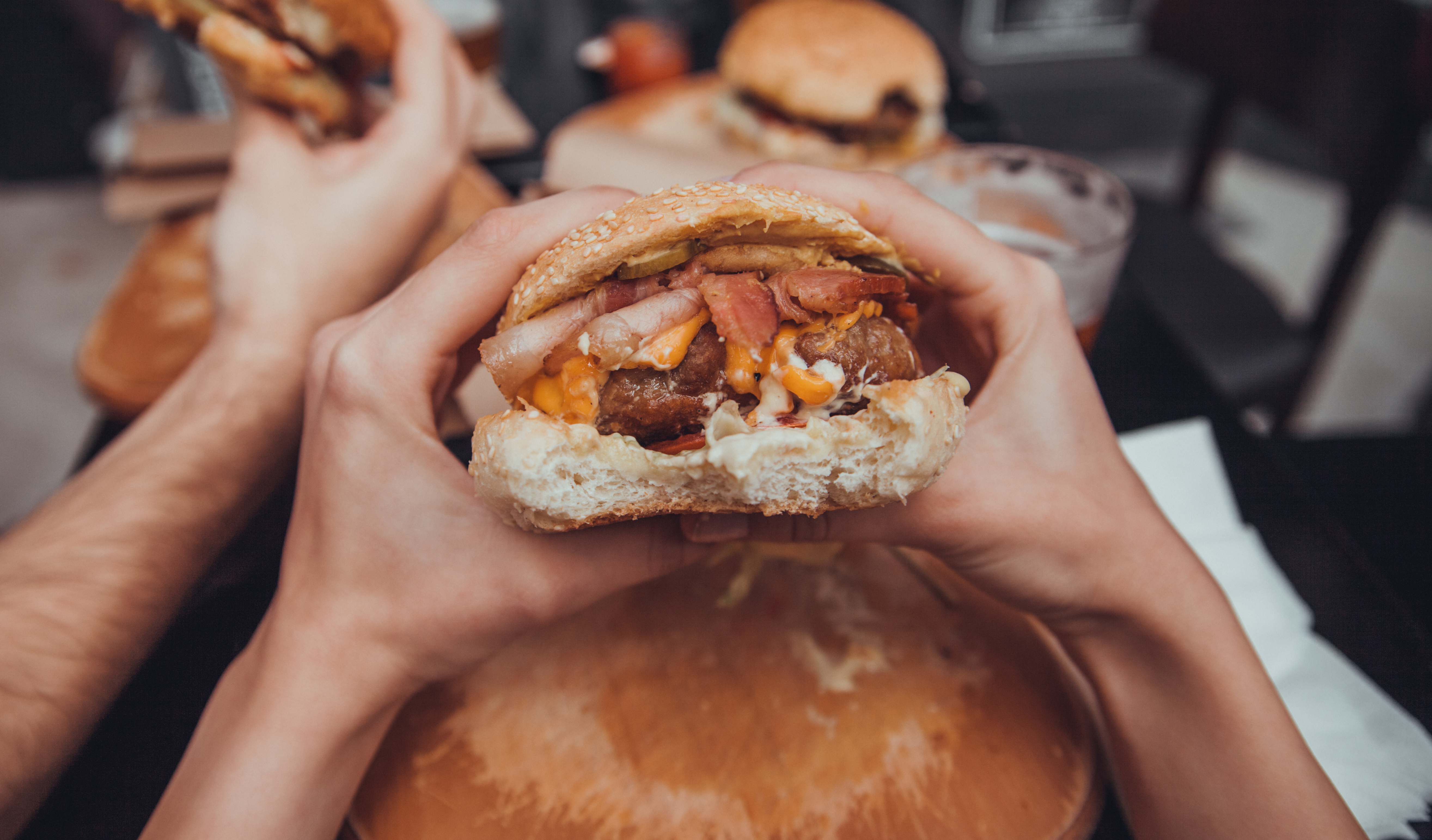Reduce Chocolate Cravings with a 15-Minute Walk

When the stress of work has become unbearable, you may feel triggered to reach for the snack drawer and grab a treat. However, a research group out of the University of Innsbruck in Austria has found that a short, 15-minute walk has the power to stave off those unhealthy food cravings.
Tom Jacobs from Pacific Standard writes that in their study, which consisted of 47 overweight people, a walk was enough to reduce participants’ desires for a sugary snack in people who were stressed and had easy access to sweets. The researchers wrote:
“When snacking has become habitual and poorly regulated by overweight people, the promotion of short bouts of physical activity could be valuable for reducing the urge to consume at times when the person may be particularly vulnerable.”
Prior to the experiment, participants were asked to refrain from consuming sweets for three days. The 47 participants were then split into two groups: one was asked to walk briskly on a treadmill for 15 minutes, while the other was asked to sit in place for the same amount of time. Next, both groups were asked to sit for five minutes, after which time they took a test intended to induce stress (known as the Stroop test).
“Then the participants were offered a selection of high-caloric sugary snacks. They were asked to unwrap one sugary snack of their choice and handle it for about 30 seconds, without eating it.”
All the while, the researchers measured their heart rate and blood pressure. The Stroop test did its job and the candy only increased their stress levels, as well as their craving for the sweets. But researchers noted these levels were much lower in the walking group, compared to the sitting group. The researchers concluded:
“The findings of this study support the idea that a single bout of exercise can reduce cue- or stress-related cravings.”
These findings fall in line with something I watched from the Art of Manliness the other day. Brett McKay illustrated a point about how to manage and change habits. His video was influenced by the book, The Power of Habit by Charles Duhigg, which he describes three points to be aware of when trying to switch a bad habit out for a good one. The most important part, he says, is to recognize the trigger and change the routine in order to find the right reward your body may be seeking.
Read more about the study at Pacific Standard.
Photo Credit: Shutterstock





